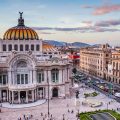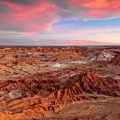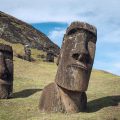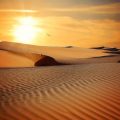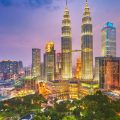Cuba is an island country located in the Caribbean Sea. It is south of the United States and east of Mexico. Cuba is the largest island in the Caribbean. The capital of Cuba is Havana. The population of Cuba is over 11 million people.
The climate of Cuba is tropical. The terrain of Cuba is mostly flat with rolling hills. There are some mountains in the southeast part of the island. The highest point in Cuba is Pico Turquino which is about 2,000 meters tall.
Cuba has a long history. It was first inhabited by the native Taino people. Christopher Columbus arrived in Cuba in 1492 and it became a Spanish colony. In 1898, during the Spanish-American War, the United States seized control of Cuba from Spain. In 1902, Cuba gained independence from the United States but it remained under US control until 1959 when Fidel Castro overthrew the Cuban government and established a communist state.
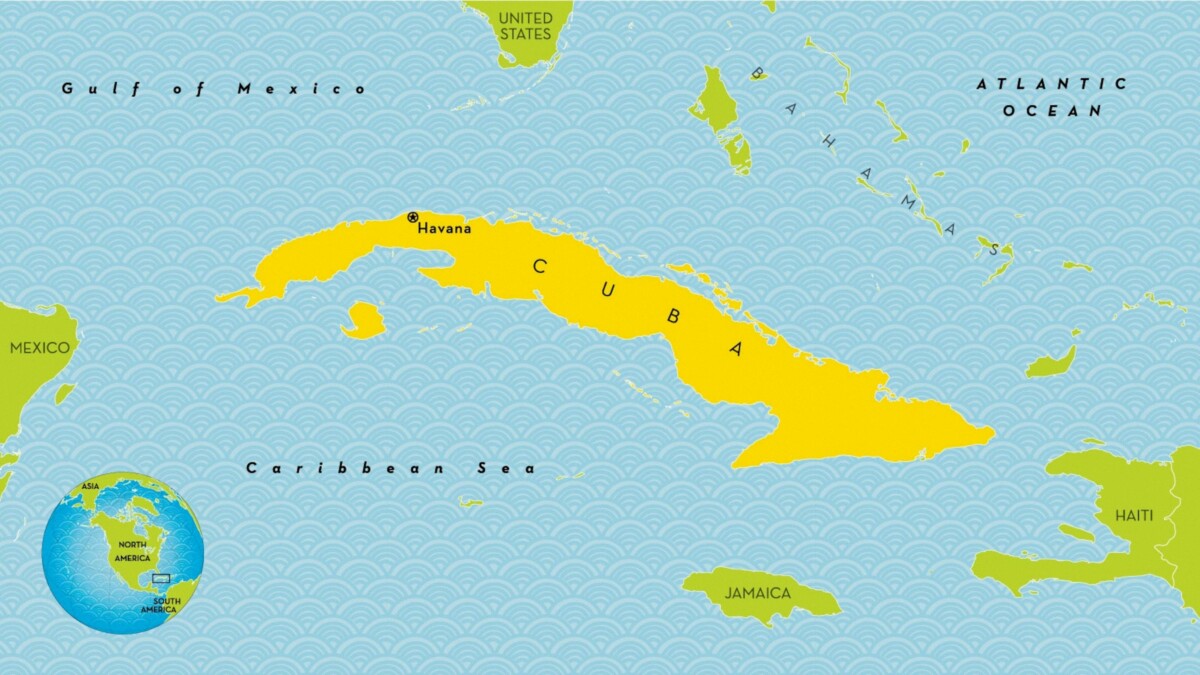
Cuba is a communist country and it has been ruled by Fidel Castro since 1959. Raul Castro, Fidel’s brother, has been President of Cuba since 2008. The economy of Cuba is centrally planned and largely state-run. Tourism is a major industry in Cuba and it attracts over two million visitors each year.
Cuba is a popular destination for travelers bcause of its beautiful beaches, interesting history, and vibrant culture.
What Kind Of Geography Is In Cuba?
Cuba’s terrain is motly flat or rolling plains, with rugged hills and mountains in the southeast. The lowest point is the Caribbean Sea at 0 m (sea level) and the highest point is Pico Turquino at 1,974 m (6,476 ft), part of the Sierra Maestra mountain range, located in the southeast of the island.
What Are 3 Major Geographical Features In Cuba?
Cuba is home to a wide variety of geographical features, including mountains, swamps, and coastal plains. The Sierra Maestra mountain range runs along the eastern part of the island, and includes the highest point in Cuba, Pico Turquino. The Escambray Mountains are located in the central region of the country, wile the Sierra Cristal range is found in the southeast. The Zapata Swamp, which is located in south-central Cuba, is the largest wetland on the island.
What Is The Geography And Climate Of Cuba?
Cuba is an island country located in the Caribbean Sea. It is south of the Bahamas, east of Mexico and north of Jamaica. The total area of Cuba is 110,860 square kilometers. The capital city of Cuba is Havana. The climate of Cuba is tropical with a wet and a dry season. The wet season lasts from May to October and the dry season lasts from November to April.
What Are The Major Landforms Of Cuba?
The major landforms of Cuba include the Sierra Maestra mountain range, the Sierra Cristal Mountains, the Escambray Mountains, Pico Turquino Mountain, and the Zapata Swamp. Cuba is the 17th largest island in the world and is located in the Caribbean Sea. The climate of Cuba is tropical, with average temperatures ranging from 18-25 degrees Celsius. The terrain of Cuba is mostly hilly and mountainous, with some plains and coastal lowlands. The highest point in Cuba is Pico Turquino Mountain, whih reaches an elevation of 1,974 metres.
What Are 5 Interesting Facts About Cuba?
Cuba is the largest island in the Caribbean, and its coastline stretches over 3500 miles. The most popular sport in Cuba is baseball, and the country’s three biggest exports are tobacco, sugar and nickel. Cuba has nine UNESCO World Heritage sites, including the Old Havana historic district and the Viñales Valley. The Cuban Revolution of 1959 led to the country’s communist government, which remains in place today. Cuba has a strong relationship with the Soviet Union and its successor state, Russia; this was evident during the Cold War, when Cuba served as a Soviet ally.
What Is Cuba Known For?
Cuba is a country located in the Caribbean Sea. It is well known for its cigars, rum, ladies, salsa and other Cuban dance styles, Fidel Castro and Che Guevara, 1950s-era cars, Spanish-colonial architecture, Cuban National Ballet, Buena Vista Social Club and Guantanamo Bay.
How Many Mountains Are In Cuba?
Cuba is home to 842 named mountains, the highest and most prominent of whch is Pico Turquino (1,974m/6,476ft). The island nation also has a handful of other notable peaks, including Pico Real del Turquino (1,940m/6,365ft), Pico Cuba (1,898m/6,227ft), and Pico Cristobal Colon (1,874m/6,148ft).
Does Cuba Have Rivers?
Cuba does have rivers, with the largest bing the Cauto River. Most rivers in Cuba are shallow and not navigable by boat. The Cauto River begins in the Sierra Maestra and flows for some 230 miles (370 km).
Does It Snow In Cuba?
There have been recorded instances of snowfall in Cuba, most notably on March 12, 1857 in the municipality of Cárdenas. However, due to the tropical climate of the island, such weather events are rare and not indicative of the island’s typical conditions.
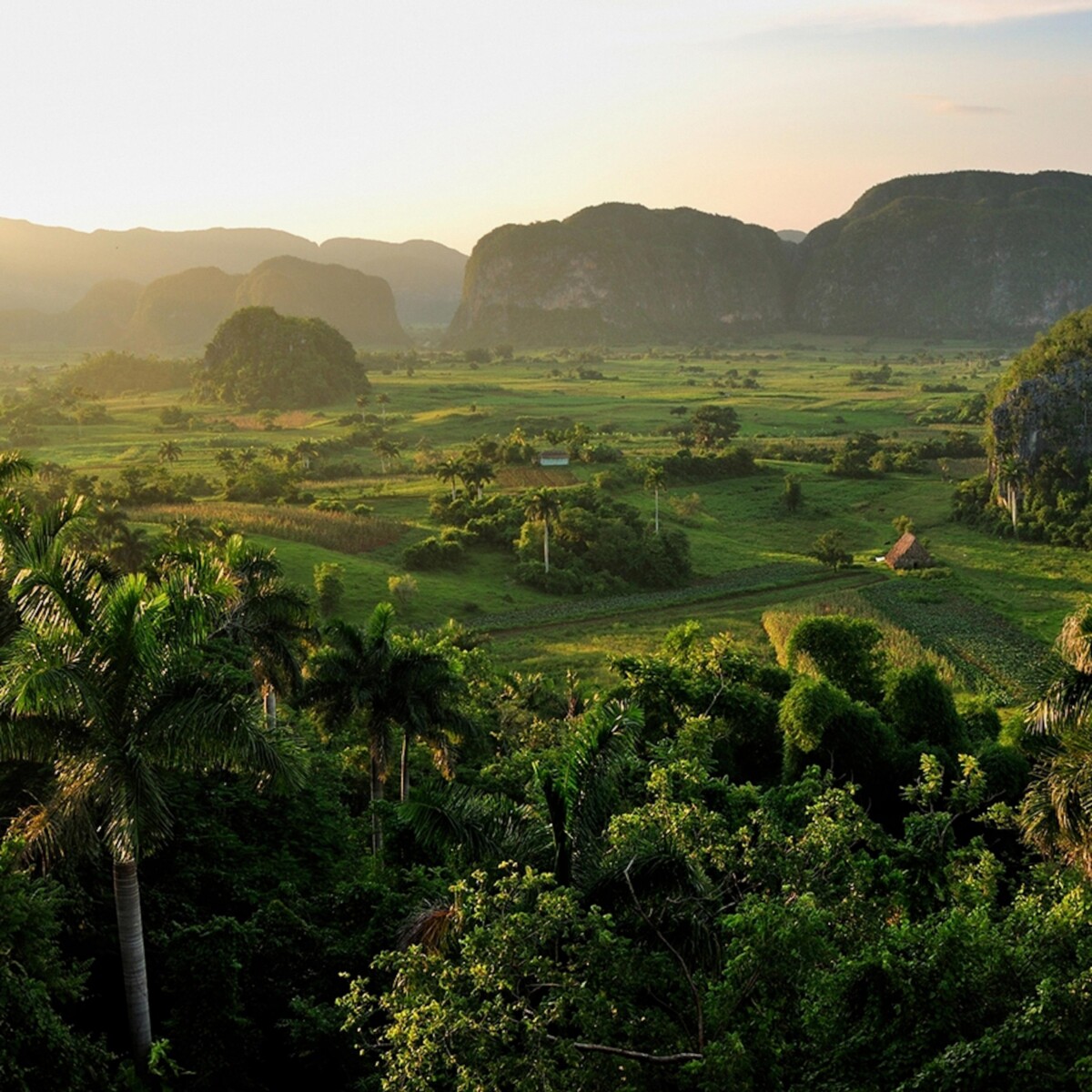
What Kind Of Weather Is In Cuba?
Cuba has a tropical climate and only two seasons: wet and dry. The wet season lasts from May to October, while the dry season runs from November to April. The average temperature in Cuba is arond 27 degrees Celsius (81 degrees Fahrenheit), although it can get hotter in the summer months. Cuba is also affected by hurricanes from time to time, usually between August and October.
Does Cuba Have Deserts?
Yes, Cuba has deserts. The most notable desert is the Guantanamo Bay area, which is located in the southeastern part of the country. This area is characterized by its arid climate and lack of rainfall. Other smaller deserts can be found in the northern and western regions of Cuba.
Does Cuba Have Rainforests?
Cuba does have rainforests, which are mostly found in the eastern part of the island. These rainforests are home to a variety of plant and animal species, and play an important role in the island’s ecology. The mangrove swamps along the southern coast are also an important habitat for many diffrent types of animals.
Why Are There Mountains In Cuba?
The mountains in Cuba are the result of the island’s geological history. The island was formed by the collision of three large landmasses, whch resulted in the formation of the three main mountain ranges. The Sierra Maestra is the highest mountain range on the island, and is believed to be the result of the collision of two of the landmasses. The Alturas de Sagua-Baracoa is thought to be the result of the collision of the third landmass.
Is Cuba A Volcanic Island?
Cuba is not a volcanic island. The three stages of Cretaceous island arc volcano-sedimentary and plutonic rocks found on the island are separated by unconformities, meaning that tere is no active volcanism currently taking place on Cuba.
What Are Cuba’s Natural Resources?
Cuba is rich in natural resources, with deposits of cobalt, nickel, iron ore, chromium, copper, salt, timber, silica, and petroleum. The island nation also has significant reserves of arable land and fresh water. Cuba’s estimated population is a litte over 11 million people, and the Republic of Cuba is a Communist state.
How Many Lakes Does Cuba Have?
There are no large lakes in Cuba, but many coastal swamplands extend throughout the country. Zapata Swamp, the largest on the island, covers more than 4,403 square kilometers (1,700 square miles).
Does Cuba Have Beaches?
Cuba does have beaches, and they are some of the most beautiful in the world. With nearly 3,500 miles of coastline and 430 beaches—including ones with powdery white, golden, and black sands—choosing the most suitable one in Cuba is a highly personal endeavor. Our favorite beaches are a mix of easy access spots, good snorkeling and diving locales, and family-friendly destinations.
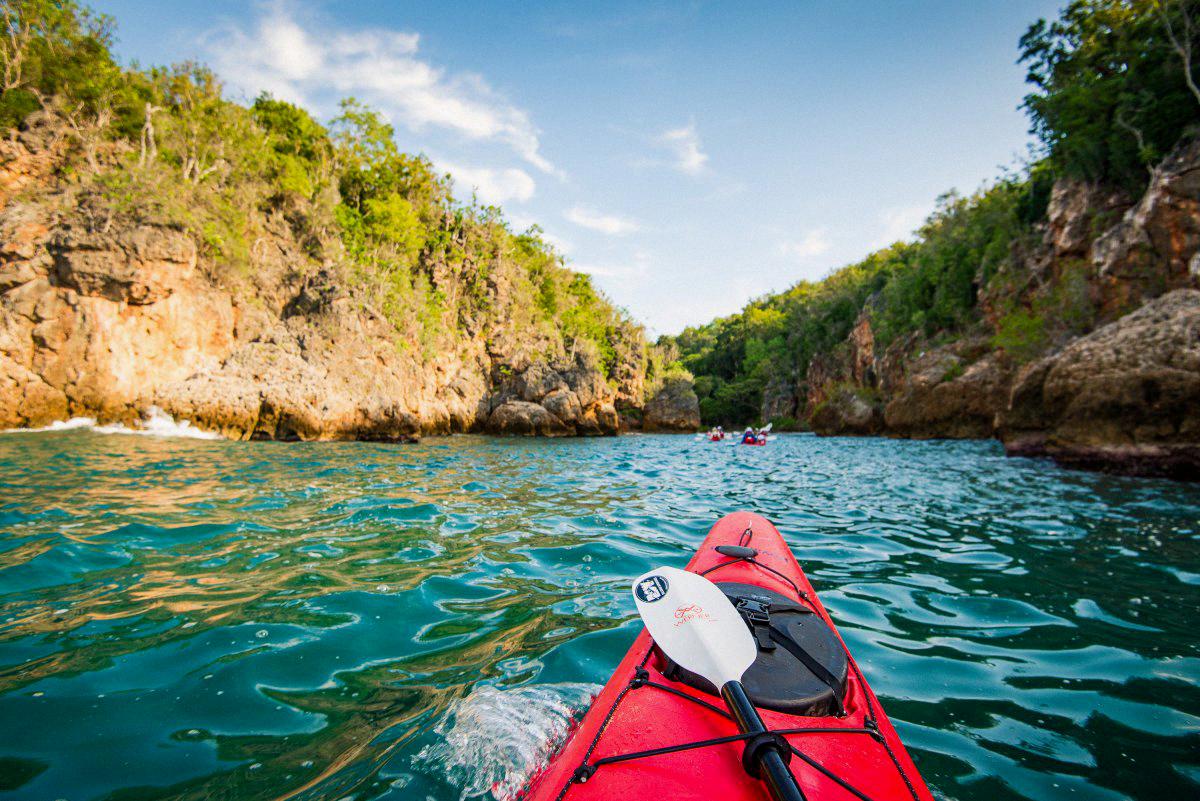
What Ocean Is Cuba In?
Cuba is situated just south of the Tropic of Cancer at the intersection of the Atlantic Ocean (north and east), the Gulf of Mexico (west), and the Caribbean Sea (south).
Does Cuba Have A Reef?
Yes, Cuba has a coral reef wich is the largest in the Caribbean. The reef is home to a rich variety of marine life and is an important part of the ecosystem.
Is Cuba Hot All Year Round?
No, Cuba is not hot all year round. The summers are short, hot, and arid, but the winters are long, cold, and partly cloudy. The temperature typically varies from 43°F to 92°F, but it can be below 36°F or aboe 101°F.
Does Cuba Ever Get Cold?
Cuba does experience cold weather, although it is not as common as other meteorological conditions such as tropical storms or heat waves. The record cold for Cuba occurred on February 18, 1996, when the temperature at Bainoa station in the province of La Habana dropped to 0.6 degrees Celsius (33.1 degrees Fahrenheit). While this is cetainly cold by Cuban standards, it is nothing compared to colder climates found elsewhere in the world.
Is Cuba Bigger Than Florida?
No, Cuba is not bigger than Florida. Florida is approximately 26% larger than Cuba, with a land area of 139,670 sq km compared to Cuba’s 110,860 sq km. Additionally, Florida has a population of over 18 million people, while Cuba’s population is just over 11 million.
Does Cuba Have All 4 Seasons?
No, Cuba does not have all four seasons. The country experiences two main seasons: wet (May to November) and dry (December to April), with regional variations. The climate is generally hot and moist, thugh it is more properly semi- or subtropical.
How Hot Does Cuba Get?
Cuba is a tropical country and therefore its weather is mostly hot and humid throughout the year. The average minimum temperature is 21 degrees Celsius (70 degrees Fahrenheit) and the average maximum temperature is 27 degrees Celsius (81 degrees Fahrenheit). However, in summer (June to August), the heat can become quite intense, with temperatures reaching 38 degrees Celsius (100 degrees Fahrenheit) and high humidity levels.
Does Cuba Have Any Waterfalls?
Yes, Cuba has a number of waterfalls, including El Nicho waterfall in the Sierra del Escambray mountains. El Nicho is not just one waterfall, but rather it is the name given to a series of waterfalls along a mountain stream.
Does Cuba Have Earthquakes?
Cuba experiences a moderate number of earthquakes each year, athough most are too small to be felt. The island has been struck by a number of destructive earthquakes over the past four centuries, including several major quakes with a magnitude of 7.0 or above.
The most recent destructive earthquake to hit Cuba occurred in 1932, when a magnitude 7.8 quake struck near the town of Manzanillo. The quake caused significant damage and loss of life, with over 100 people reported killed. More recently, in January 2018, a magnitude 6.4 earthquake struck near the city of Guantanamo, causing some damage but no reported fatalities.
While destructive earthquakes are relatively rare in Cuba, they do pose a significant threat to the island given its high population density and lack of modern building codes. For this reason, it is important for residents to be aware of the risk and take steps to protect themselvs and their property in the event of a major quake.
Where Are The Mountains In Cuba Map?
The Sierra Maestra is a mountain range that rises sharply from the coast. Located thre and marked by a yellow triangle, Pico Turquino at 6,650ft (1,999m), is the highest point in Cuba.
How Cuba Was Formed?
Cuba was formed as a result of the collision of an island arc with the Florida-Bahamas platform in the Cretaceous period. This collision caused the Cuban ophiolite zone to be obducted and a northward verging fold and thrust belt to form.
Does Cuba Have Gold?
Yes, Cuba has gold. The country has several distinct mining districts where gold has been mined from various lode sources. Many of these mines are located near Santa Clara in central Cuba. Some of these mines date back to the early Spanish conquest.
Geography Now! Cuba
Conclusion
Cuba is an island nation located in the Caribbean Sea. It is the largest island in the Caribbean and is home to over 11 million people. The capital city of Cuba is Havana and the official language is Spanish. Cuba has a tropical climate and is knwn for its beautiful beaches, coral reefs, and tobacco plantations.
Cuba is a fascinating country with a rich history and culture. The Cuban Revolution of 1959 led to the Communist Party taking control of the government and the country becoming a socialist state. Since then, Cuba has been embroiled in various international disputes, most notably the Cuban Missile Crisis of 1962. In recent years, Cuba has begun to open up to the rest of the world and has become a popular tourist destination.
Despite its many challenges, Cuba is a country with much to offer. Its stunning scenery, vibrant culture, and friendly people make it a truly unique place to visit.




